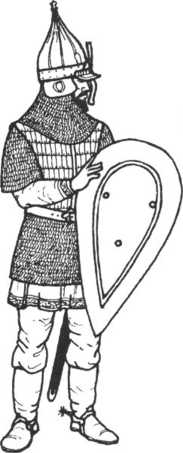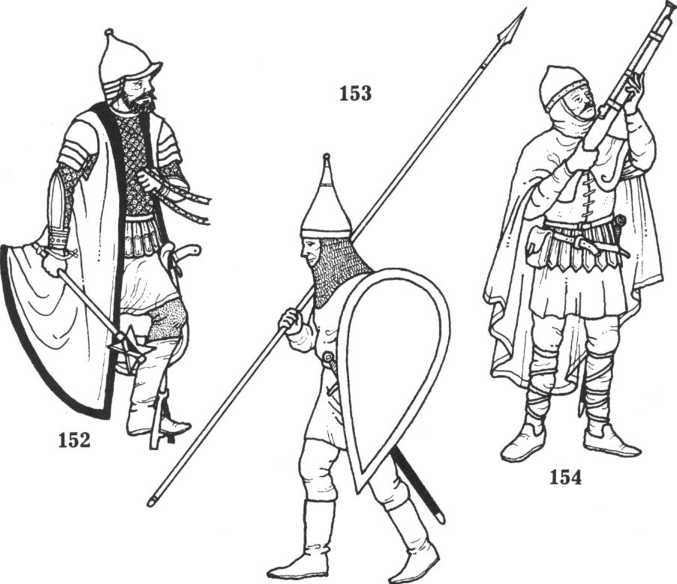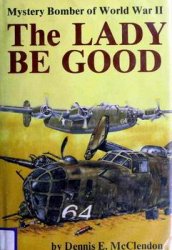The Russians of this period displayed an extreme conservatism in their military equipment, old styles of mail, scale and lamellar armour remaining in widespread use right up to the 16th century. The armour worn by both these figures, however, is of a new type called a bakhteretz or bekhtera, which first appeared in Russia C.1340 and survived thereafter until the 17th century, by which time it had evolved into an armour of singular sophistication. (For its origins see figure 32.) Figure 149 wears one of the earliest Russian variety, comprised of 3-6 vertical rows of small rectangular plates stitched to the front and back of a sleeveless, padded



Linen or rough silk kaftan, which was fastened by hooks down the left side. The later type worn by 150, indistinguishable from those of the Turks and Persians, was a splint-reinforced mail corselet, which had appeared in Russia by c.1400 at the latest. Their helmets are both chichaks, which were characteristic of Russian armour. 150’s has a nasal that widens into a face-guard. Note the typical gilt-inlaid panel on the front, depicting a saint or religious scene.
The Russians followed Eastern fashions in their weaponry as well as their armour. Principal arms comprised bow (composite in the south, self in the north-west) and lance. The belt with bowcase and quiver was called a saadak the quiver held about 20 arrows. The lance was of a type adopted from the Mongols, with a wrist-loop and a stirrup-loop, rather like the ceremonial lances still to be seen in use by household cavalry regiments today. Secondary armament consisted of a combination of sword or sabre and axe, mace or kistien, plus often the nahaj and even the lasso (used, for instance, by Muscovite cavalry in the war against Riazan in 1361). Shields came in an assortment of shapes and sizes. They were mostly circular or almond shaped, but Lithuanian pavises appear on West Russian coins throughout the 14th-15th centuries, and heater types also remained in use even in the 15th century, sometimes bouched, conventional bouched rectangular shields also appearing. Towards the end of this period shields were finally abandoned altogether.
Dress comprised a long-sleeved, coloured kaftan, of a sort of rough silk that in itself acted as soft armour. Trousers were either tight or baggy like those of the Tartars. Clothing could be most colours, but with red and red-brown predominant, also green and blue. The boots were usually brown or tan. Both prick and rowel spurs were worn, though many Russians instead favoured riding Mongol-fashion with a small whip that hung from the right hand or wrist.




 World History
World History









